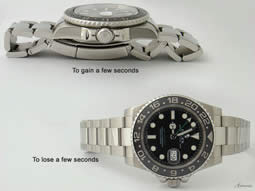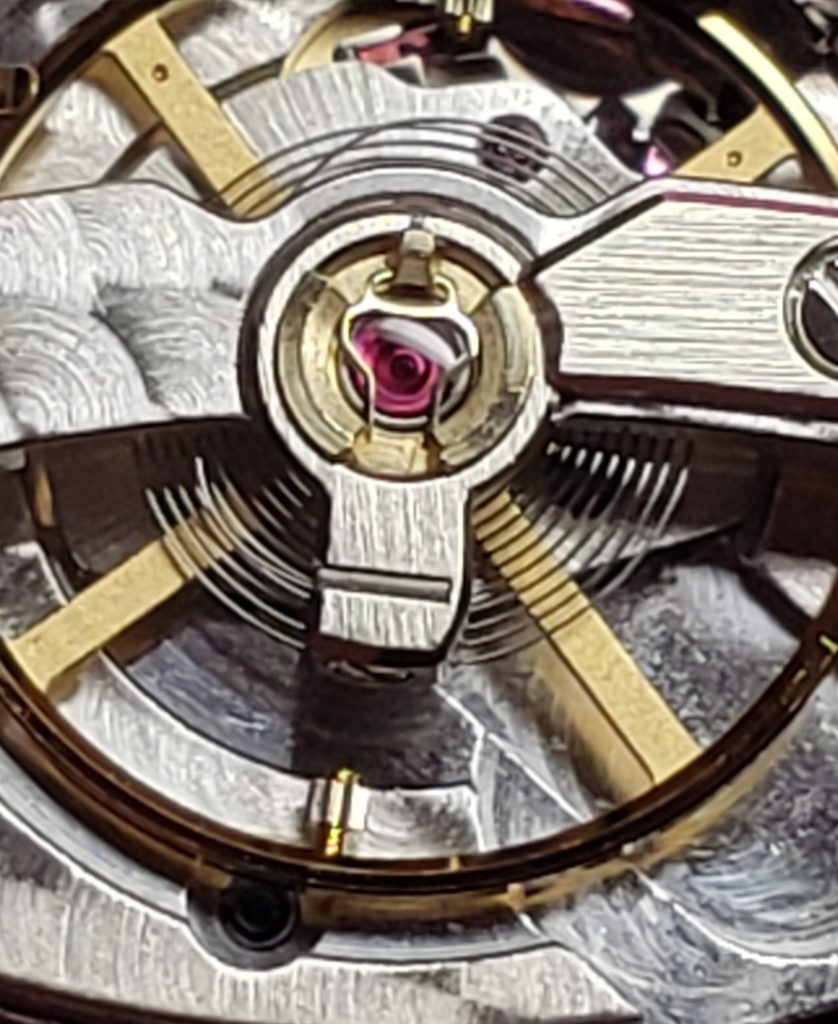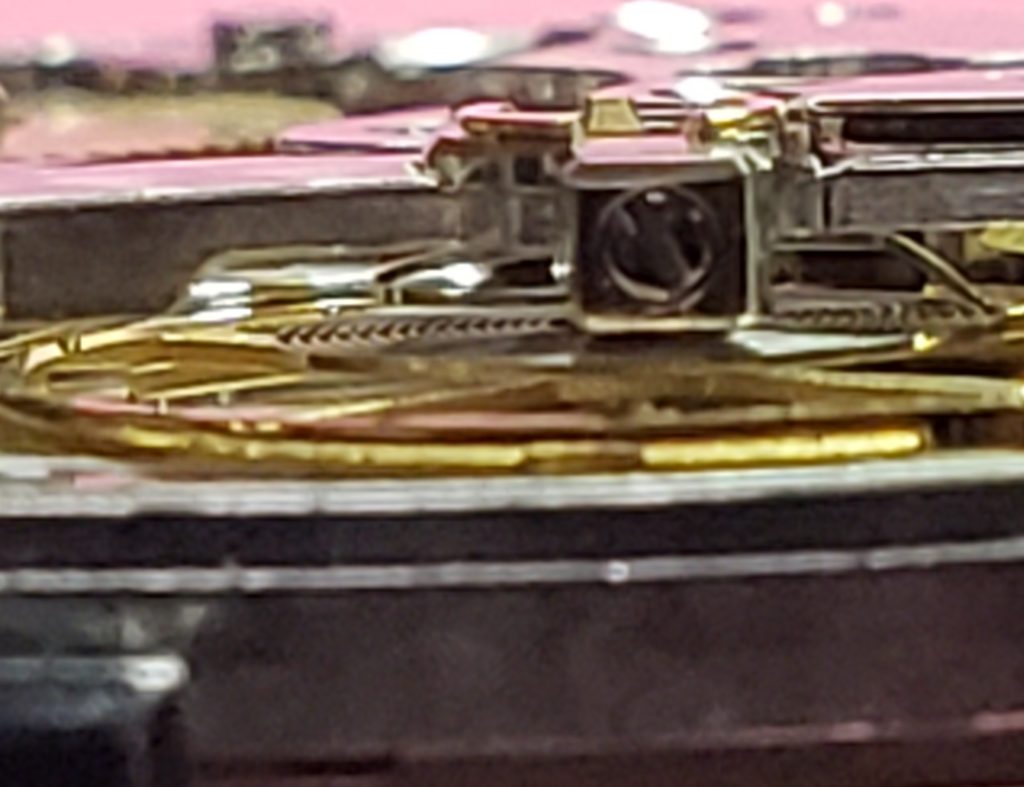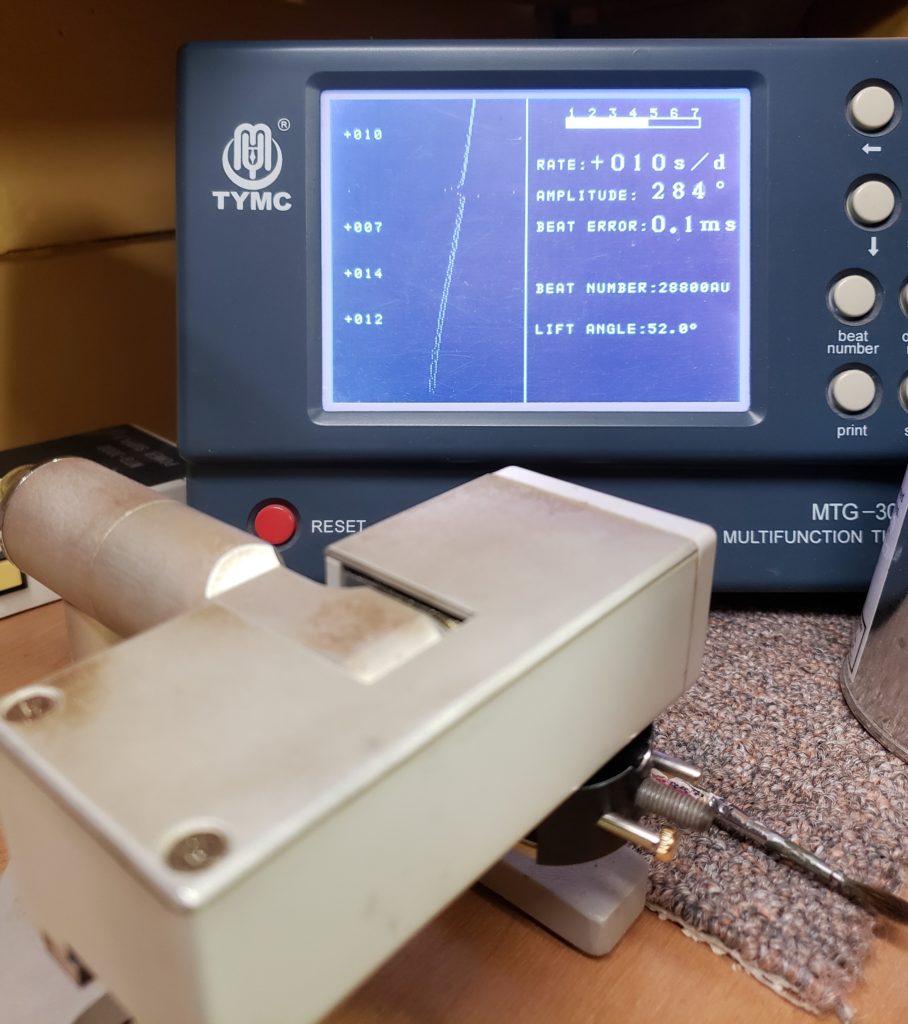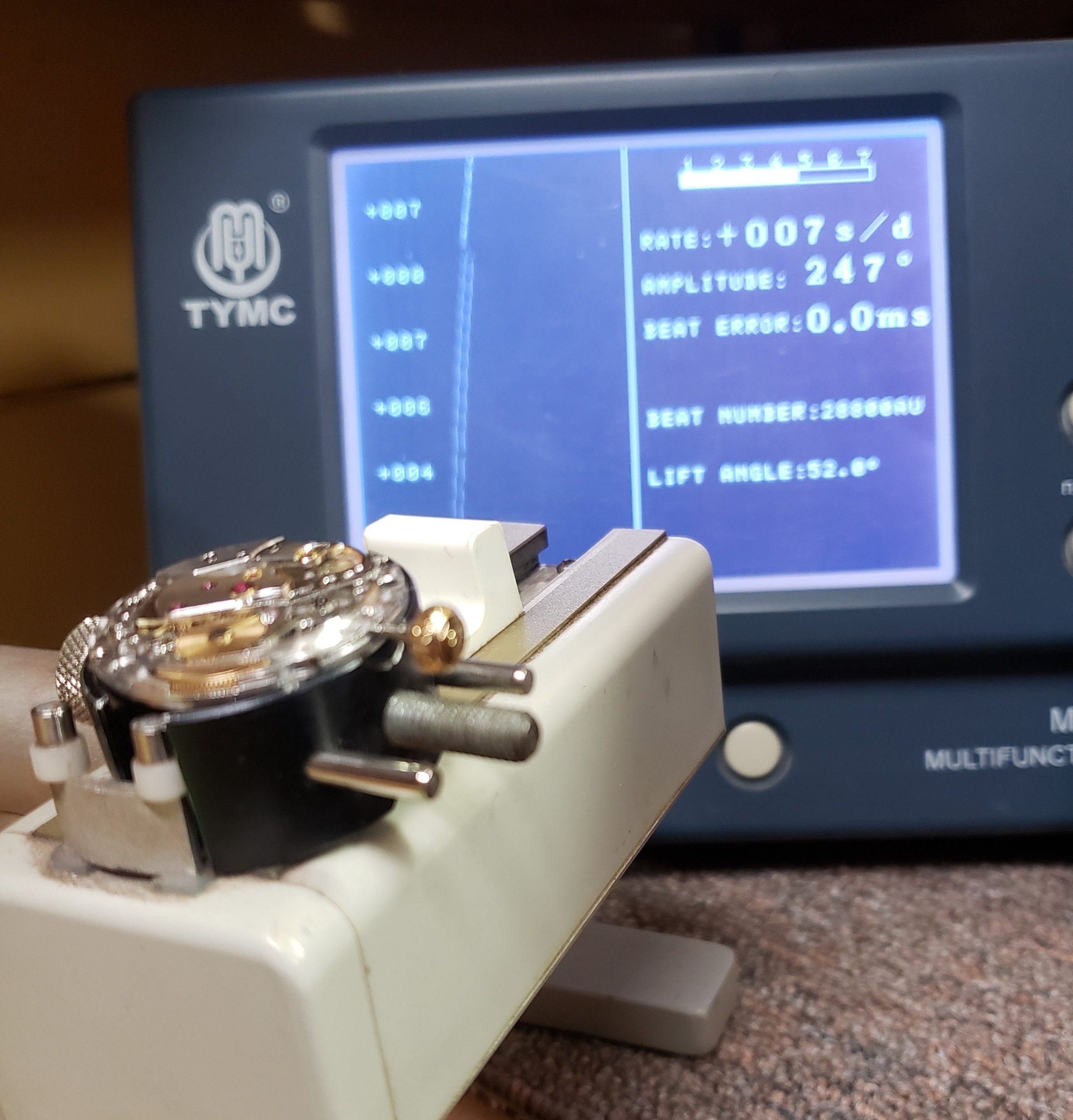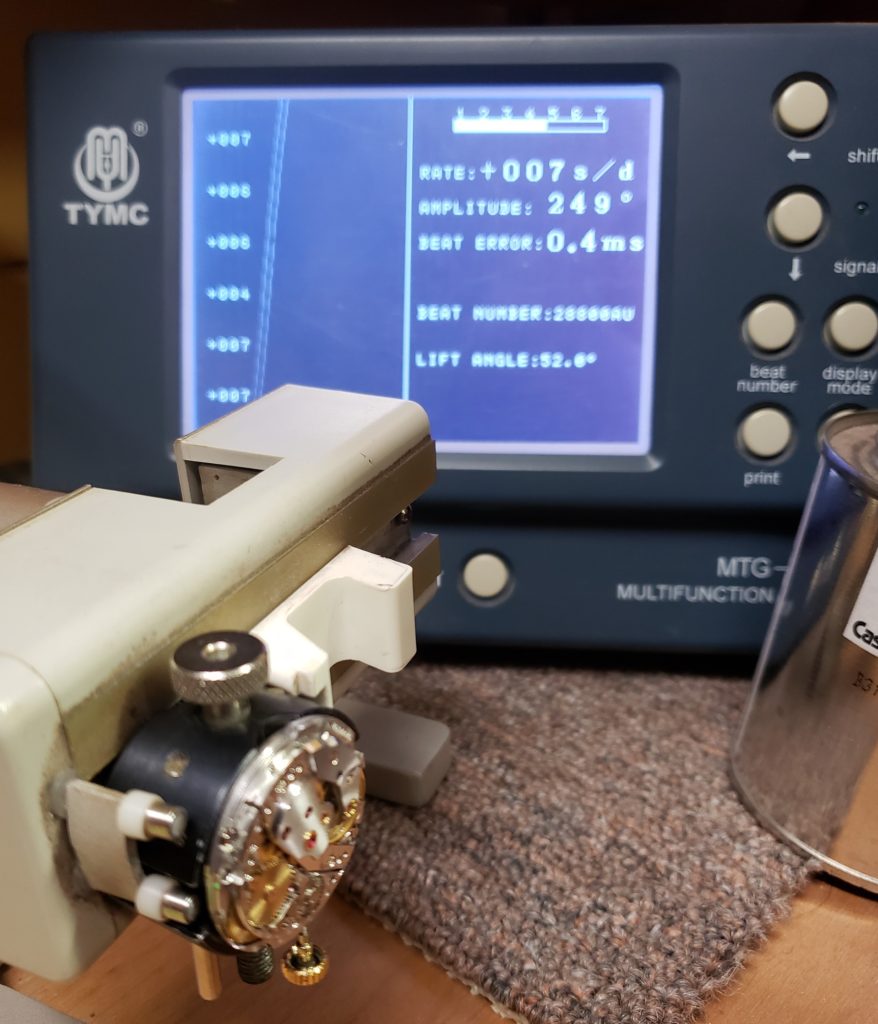This blog post may be controversial, but it is from my humble opinion from my experience as a watchmaker for the past 44 years and after repairing about 30,000 watches.
If someone can give me a valid scientific explanation of why I am wrong, I would be glad to hear it.
I was asked a question recently about the idea that if you lay your Rolex on a counter, stem facing down, it will make the watch run faster or slower.
No, this is not true.
When we repair any watch, we time it normally in four positions — dial up, dial down , stem up and stem down. The two most important are dial up and stem down.
Those are the positions that your watch is in most of the time.
(Think about it, how often is your watch dial down or stem up?)
So when we regulate a watch, we do our best to get all four positions running as close to the same as possible.
There really is no a way to make stem down run faster than dial up without doing a lot of manipulation to the hairspring.
I have read this idea of placing your watch stem down at night in order to slow it down or speed it up, but have never heard an explanation as to why this would work.
In order to actually change how the watch runs, you would need to know from the watchmaker exactly how each position was running on the timing machine, then adjust how you lay it down at night to change how it is running.
There can be a difference in how a watch runs in the dial and stem positions depending on the condition of the balance and hairspring, but you can’t just assume that dial down is faster or slower on every watch.
Hope that logical explanation answers your question.
The internet forums and chat rooms are full of “wannabe” watchmakers that have a great many opinions on watches and none of the knowledge or experience to back them up.
So my opinion about the internet is, don’t believe everything that you read!! When in doubt, ask someone that actually does this work for a living not as a hobby.
As Forrest Gump would say, “That is all that I have to say about that”!
Charley Picture of the Week: If I look cute, maybe they will feed me!

